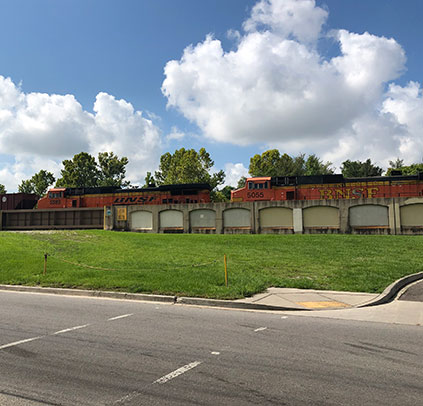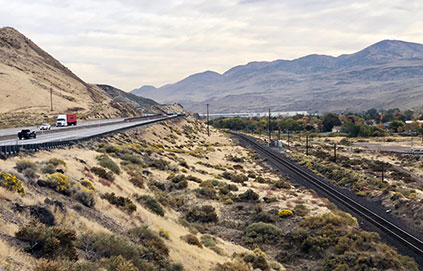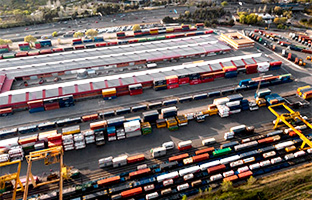Collaborative Industrial Optimization
This is the intelligent shift we can now make to redesign industrial systems for long-term sustainability and profitability. The key is to optimally utilize rail and road networks as a cohesive, multimodal logistics system for sustainable supply chains.
Where we mine, grow, and manufacture can now be thoughtfully planned to maximize efficiency and minimize negative impacts at and between each step. The current approach—simply moving more freight without considering how, where, and what we move—is short-sighted and unsustainable. How goods are moved to and from an industrial site is as important as the activities at the site itself, yet we aren’t planning and investing with this fundamental understanding in mind.
Collaborative Industrial Optimization integrates public-sector planning with private-sector commerce and capital, simultaneously benefiting industrial activity, communities, and the environment. This approach enables the creation of end-to-end industrial systems, particularly in the transportation and processing of minerals, forest materials, and solid waste into valuable products and sustainable energy sources.
The transition to Collaborative Industrial Optimization inspires us to fundamentally transform how we measure success, so that long-term sustainability is reflected in performance measures, recognition, and compensation for individuals in companies and agencies.










